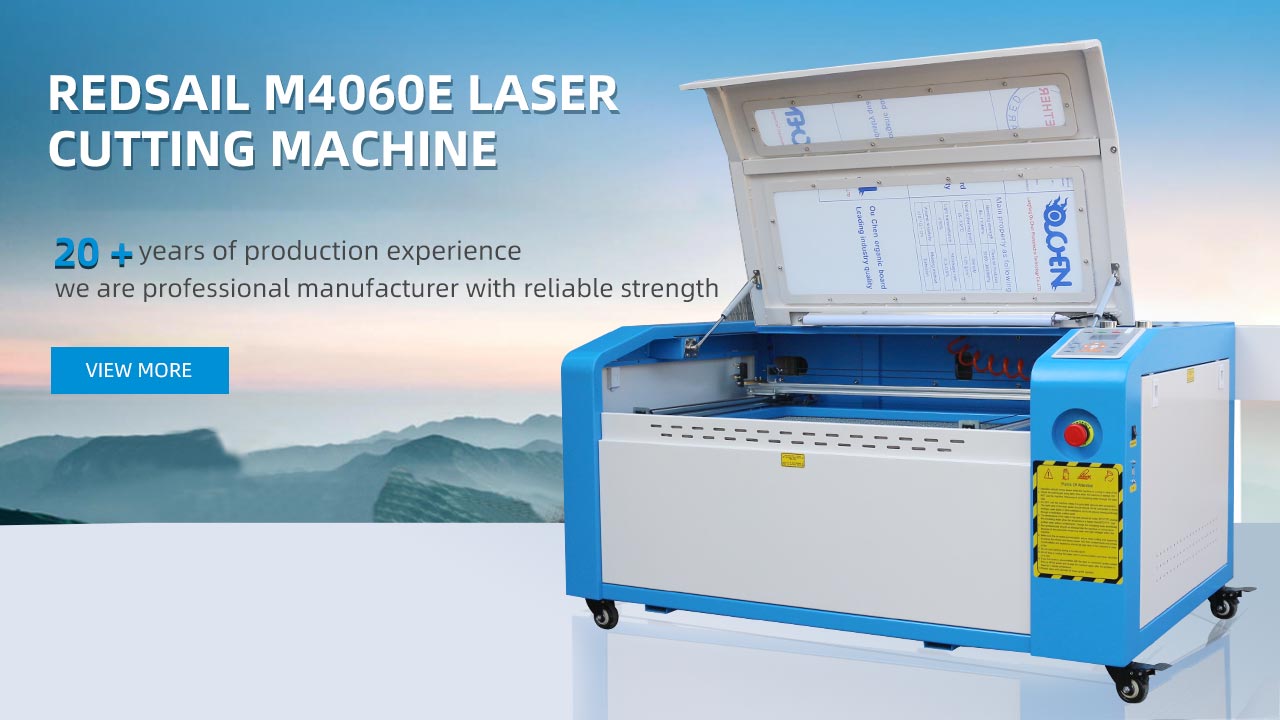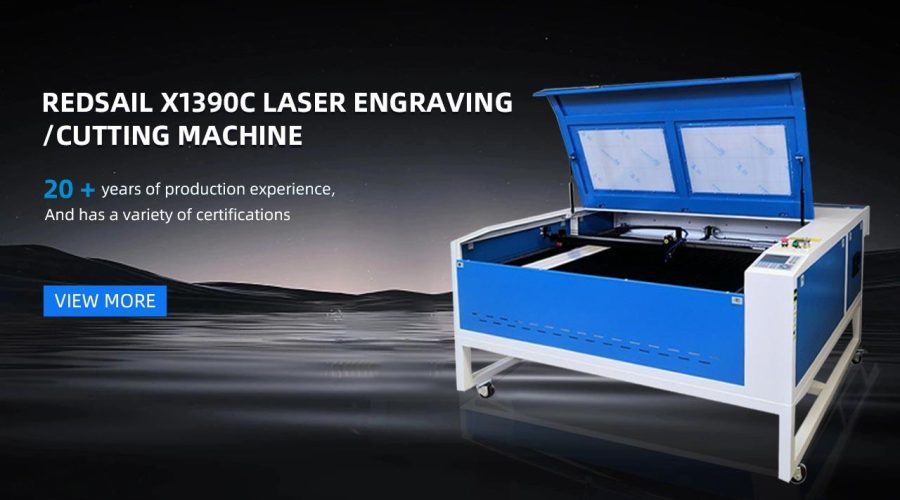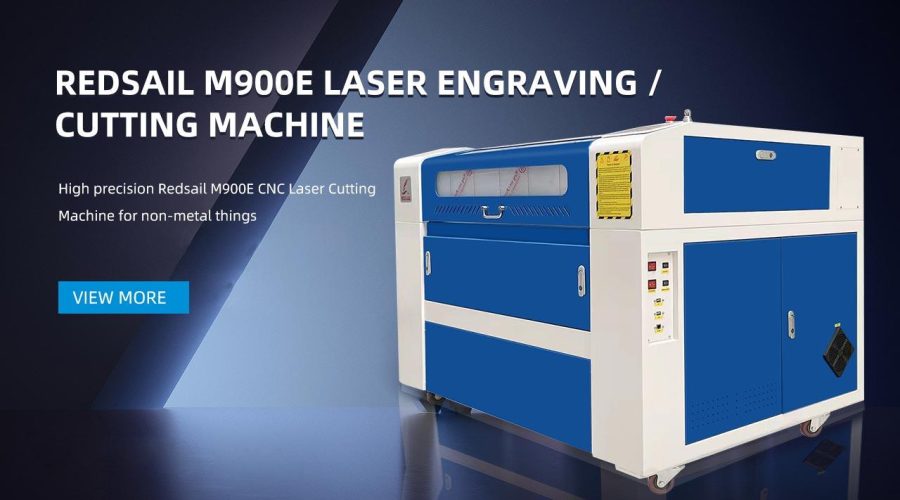Can a Laser Cutter Cut Acrylic?
Introduction:
Acrylic is a versatile material widely used in various industries due to its durability, transparency, and flexibility. One popular method of shaping and cutting acrylic is by using a laser cutter. Laser cutting has emerged as a preferred technique due to its precision, efficiency, and ability to produce intricate designs. In this article, we will explore the process of laser cutting and discuss whether a laser cutter can effectively cut acrylic.
I. How does a laser cutter work?
A laser cutter utilizes a high-powered focused laser beam to cut materials. The laser emitted from the machine is directed through a series of mirrors to a nozzle, where it is precisely focused on the area to be cut. The intense heat generated by the laser vaporizes or melts the material, creating a clean and accurate cut. Laser cutting is a non-contact process, which means that the material being cut remains cool, minimizing the risk of warping or damage.
II. Can a laser cutter cut acrylic?
Yes, a laser cutter can effectively cut acrylic. Acrylic is particularly well-suited for laser cutting due to its molecular structure, which allows it to absorb and transmit the laser energy efficiently. The intense heat produced by the laser quickly melts the acrylic, resulting in a smooth and precise cut. Laser cutting allows for intricate designs, curves, and sharp corners to be easily achieved on acrylic sheets.
III. Advantages of laser cutting acrylic:
1. Precision: Laser cutting provides high precision and accuracy, ensuring clean and smooth cuts on the acrylic material. This is especially crucial when intricate shapes or delicate designs are required.
2. Versatility: Laser cutters can handle a wide range of acrylic thicknesses, from thin sheets to thicker blocks, making them suitable for various applications and industries.
3. Efficiency: Laser cutting is a quick and efficient process, especially for large-scale projects. The speed and accuracy of laser cutters save time and minimize wastage of materials.
4. Clean finish: Laser cutting leaves a clean, polished edge on the acrylic, reducing the need for post-processing or additional finishing.
5. Flexibility: Laser cutters can easily switch between projects, allowing for on-demand customization and rapid prototyping.
IV. Limitations of laser cutting acrylic:
1. Material thickness: While laser cutters can handle a wide range of acrylic thicknesses, there are limitations. Extremely thick acrylic sheets may require multiple passes or alternative cutting methods.
2. Color variations: Different colors of acrylic may have different reactions to laser cutting. Some colors may absorb more heat, resulting in discoloration or charring along the cut edges.
3. Cost: Laser cutting equipment can be expensive, which may deter smaller businesses or individuals from investing in this technology. However, outsourcing laser cutting services is a cost-effective alternative.
4. Safety considerations: Laser cutting emits fumes and gases, which can be harmful if not properly ventilated. Adequate safety measures should be in place, such as proper ventilation systems and personal protective equipment.
FAQs:
Q1. Can a laser cutter engrave acrylic as well?
Yes, laser cutters can both cut and engrave acrylic. By adjusting the laser’s power and speed, users can achieve various effects on the material, including engraving designs, logos, or text onto the acrylic surface.
Q2. Are there any design limitations for laser cutting acrylic?
Laser cutting offers immense design flexibility, with the ability to achieve intricate and complex shapes. However, there are some limitations. Very small details may be difficult to reproduce accurately, and thin lines or unsupported sections may be prone to breakage. It is advisable to consult with a laser cutting professional to determine the feasibility of specific design elements.
Q3. How do I prepare my file for laser cutting acrylic?
To prepare your file for laser cutting acrylic, you need to convert your design into a vector format, such as SVG or DXF. This format allows the laser cutter to interpret your design accurately. Additionally, clearly indicate the desired cutting and engraving paths using different colors or line styles in your file.
Q4. Can a laser cutter cut other materials besides acrylic?
Yes, laser cutters can cut a wide range of materials, including wood, fabric, paper, leather, and certain metals. However, it is important to note that each material requires specific settings and considerations, so it’s best to consult the laser cutter’s manufacturer guidelines or seek professional advice.
Conclusion:
In conclusion, a laser cutter can effectively cut acrylic due to its ability to generate intense heat and precise focus. The advantages of laser cutting, such as precision, versatility, efficiency, and a clean finish, make it a popular choice for cutting acrylic. However, there are limitations to consider, such as the thickness of the material and potential color variations. By understanding these limitations and following proper safety measures, laser cutting acrylic can offer immense design possibilities and enhance various industries.





